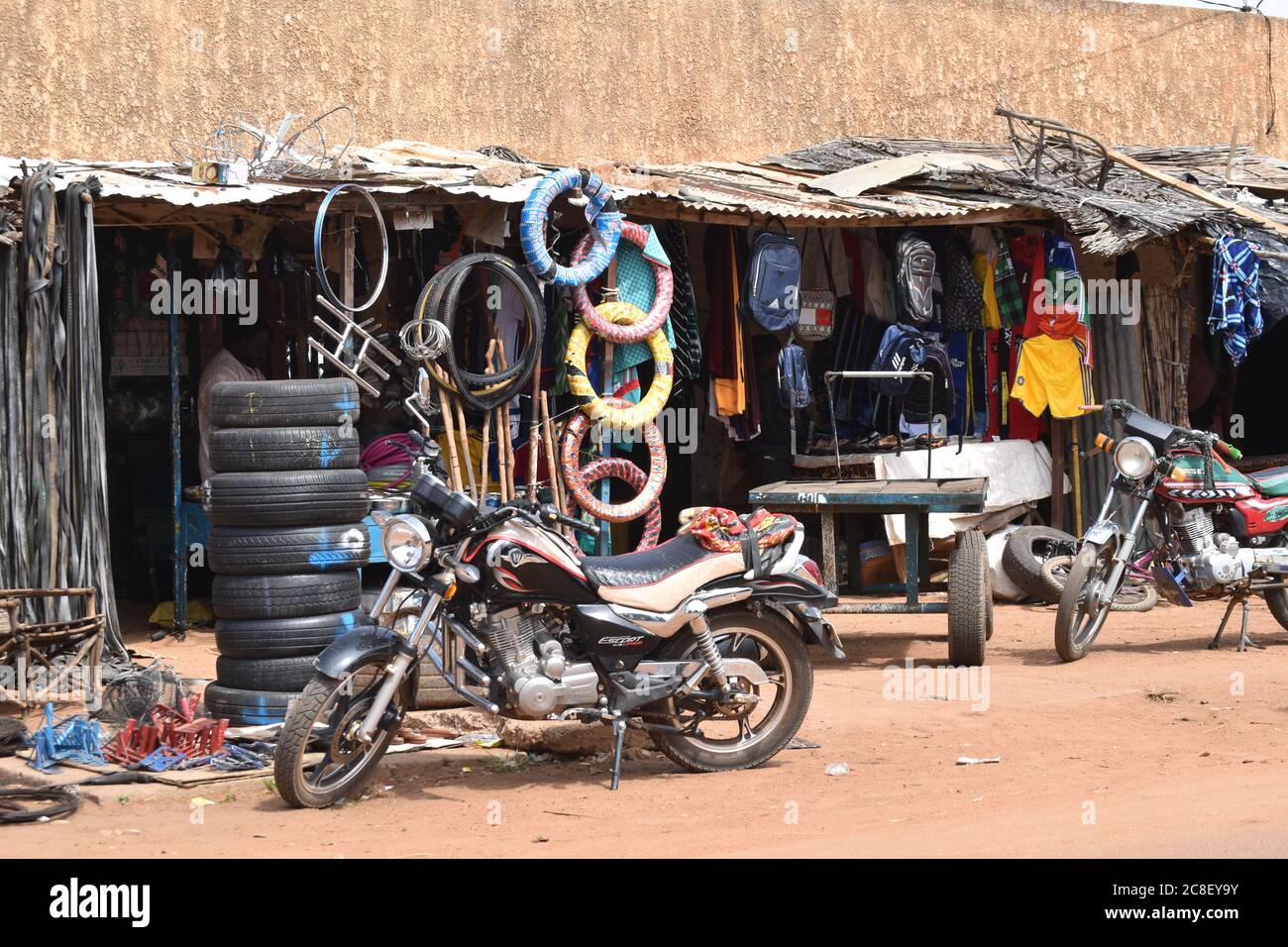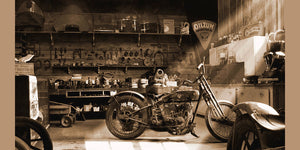See Our Motorcycle Shop for Specialist Recommendations and High Quality Products
See Our Motorcycle Shop for Specialist Recommendations and High Quality Products
Blog Article
Mastering Motorcycle Gears: Just How to Maximize Your Riding Experience
In the world of motorcycling, understanding the art of equipment control is important for improving your riding efficiency. Appropriately utilizing and understanding bike gears can considerably impact control, gas, and velocity efficiency, transforming an average ride into a seamless, exciting journey. By integrating accurate shift timing and adjusting equipment selection to various roadway problems, bikers can ensure ideal engine performance and safety and security. The subtleties of clutch control, throttle sychronisation, and gear technicians bid a deeper exploration, promising to open the full capacity of your device. Just how can these techniques be harnessed to genuinely optimize your riding experience?
Comprehending Equipment Mechanics
At the core of motorcycle dynamics, equipment technicians play a pivotal role in transforming engine power right into activity, inevitably determining speed and control. The equipment ratios, meticulously made, establish the connection between engine revolutions and wheel turns, impacting velocity and gas efficiency.
Understanding equipment auto mechanics begins with recognizing the significance of the transmission, which houses numerous equipments of varying dimensions. These gears interact via a process called meshing, where teeth of different equipments involve to transfer power. The precision of this interaction is critical; any type of imbalance or damage can cause inefficient power transfer, preventing performance. Furthermore, the arrangement and size of equipments influence the bike's capability to handle various tons and rates.
Additionally, the concept of equipment shifting is important to optimizing performance. Prompt and smooth shifts make sure that the engine runs within its optimal power band, stopping unneeded pressure and enhancing durability (motorbike shop). By understanding these mechanical complexities, cyclists can accomplish a harmonious blend of control, efficiency, and power, raising their riding experience
Timing Your Shifts
Shift timing mastery is vital for optimizing motorbike efficiency and enhancing the riding experience. Properly timed changes make certain that the engine operates within its optimal power band, which is essential for keeping control, attaining smooth velocity, and ensuring the longevity of the motorbike. Cyclists have to create an intuitive sense of when to move gears, which involves understanding the relationship in between engine changes per minute (RPM) and speed.
To master shift timing, pay very close attention to the engine's noise and feel, as these offer vital clues concerning when to transform equipments. The optimal change factor commonly takes place when the engine comes close to the upper series of its power band without getting to the redline. Moving prematurely can bring about an absence of power, while moving too late might trigger unneeded engine stress
Additionally, roadway problems and riding style impact shift timing. In metropolitan setups, smoother and a lot more frequent changes may be essential to browse website traffic efficiently. On the other hand, throughout highway riding, less shifts at higher rates can be better suited. Exercising in varied atmospheres will certainly enhance your capability to time changes exactly, inevitably raising your riding experience to a specialist level.
Enhancing Fuel Effectiveness
While grasping bike gears is essential for efficiency, enhancing gas efficiency is similarly crucial for both financial and environmental factors. Ideal fuel intake not just reduces operational prices however additionally decreases the ecological impact of riding. To attain this, one should understand the elaborate partnership between gear choice and engine efficiency.
To start with, selecting the best gear at proper rates can significantly influence gas intake. Riding in a higher gear at lower speeds can result in engine lugging, which is harmful to both fuel economic climate and engine health and wellness. On the other hand, riding in reduced equipments at broadband results in unnecessary gas usage. Therefore, preserving an ideal balance by moving gears abreast with roadway problems and anticipated maneuvers is vital.
Additionally, routine maintenance plays a crucial function in gas effectiveness. Guaranteeing that the motorcycle is well-tuned, with tidy air filters and appropriately pumped up tires, can improve gel seat for motorcycle aerodynamics and reduce gas wastefulness. Moreover, adopting a riding style that embraces steady acceleration and smooth deceleration can add to better gas economic climate.

Methods for Smooth Transitions
Accomplishing smooth equipment shifts is basic to boosting the riding experience and making sure the long life of a motorbike's transmission system. Proper equipment moving not just adds to a seamless ride yet likewise minimizes damage on the mechanical parts. To grasp the art of smooth transitions, cyclists need to focus on a couple of essential techniques.

Secondly, clutch control plays an essential role. Involving and disengaging the clutch efficiently requires practice. The clutch bar must be released slowly, allowing for a seamless transfer of power from the engine to the wheels without triggering a shock or abrupt motion.

Adapting to Roadway Problems
Navigating diverse roadway problems is an important skill for any motorcyclist aiming to maintain control and safety and security. Whether you're riding on damp surface areas, gravel roadways, or navigating doglegs, your capacity to adjust your gear usage and riding technique is paramount. Understanding exactly how to change your equipments suitably can substantially impact traction and security, guaranteeing a safer journey.
On wet roadways, it is advisable to keep greater equipments to minimize torque and reduce wheel spin. This approach helps preserve hold on slippery surface areas, permitting smoother acceleration and deceleration. On the other hand, when riding on crushed rock or unequal surface, lower gears are preferable. Reduced gears provide far better control and enable you to react more swiftly to unanticipated modifications home in the roadway surface.
Sharp curves demand precise equipment management to stabilize rate and control. Downshifting prior to entering a contour can aid keep energy while making sure the motorcycle remains secure throughout the turn. Constant method in diverse conditions boosts your ability to predict and react to changes in roadway appearance and incline.
Conclusion
Mastering motorcycle equipments significantly improves the riding experience by enhancing control, fuel, and acceleration performance. A comprehensive understanding of equipment technicians and specific shift timing makes sure the engine runs within its visit this page ideal power band, while smooth changes via effective clutch and throttle coordination rise convenience and efficiency. Adjusting gear choice to different roadway problems, such as making use of higher gears on wet surfaces and lower gears on gravel, additional boosts handling and security. Inevitably, these abilities raise the general trip.
Recognizing equipment technicians begins with identifying the importance of the gearbox, which houses multiple equipments of differing sizes. These equipments interact via a procedure understood as meshing, where teeth of different equipments involve to transfer power (motorcycle shop). Mild modifications to the throttle during equipment shifts can prevent jerky activities and preserve a consistent riding rate
Whether you're riding on wet surfaces, crushed rock roads, or browsing sharp turns, your capability to adapt your equipment usage and riding strategy is vital. Adapting equipment selection to numerous road problems, such as utilizing greater gears on damp surfaces and reduced gears on crushed rock, further improves handling and security.
Report this page